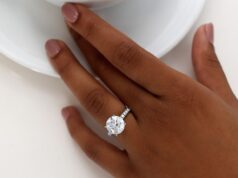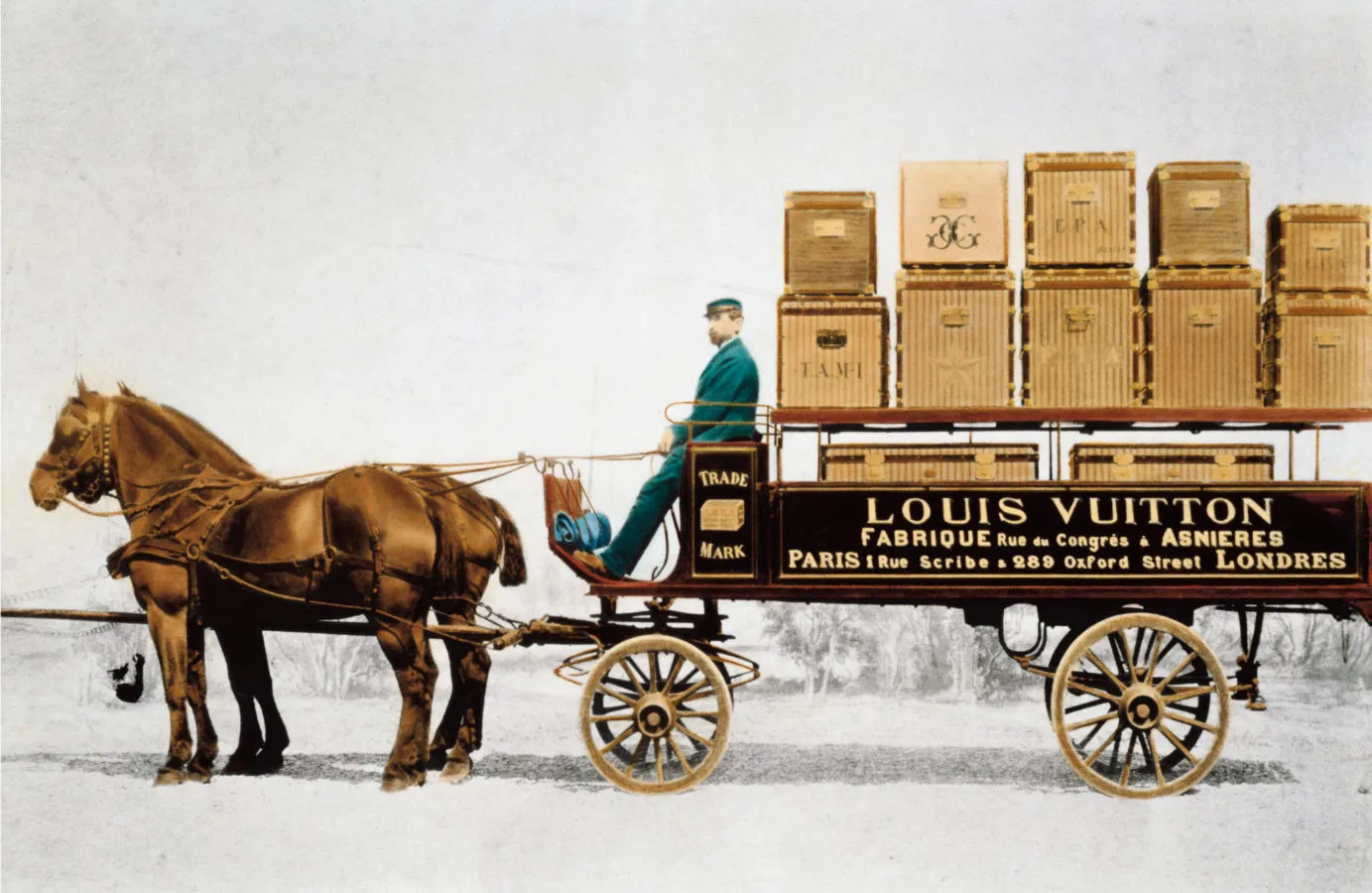
Louis Vuitton is a globally renowned luxury fashion brand that specializes in handbags, luggage, and other leather goods. But how did it all begin? Let’s take a look at the history and how it evolved from a humble trunk-making business to a global fashion powerhouse.
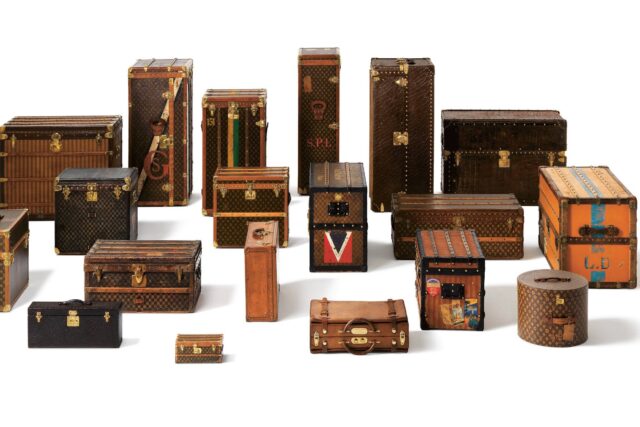
Early Years
He was born in 1821 in Anchay, a small village in eastern France. At the age of 16, he left home to work as a trunk maker in Paris. He soon gained a reputation for his exceptional craftsmanship and innovative designs.
Founding of the Company
Louis Vuitton founded his company in 1854, after years of honing his craft as a trunk-maker in Paris. He began by making custom trunks for wealthy clients, who appreciated his innovative designs and attention to detail.
Innovative Designs
One of his key innovations was the use of lightweight materials, such as canvas and leather, to create trunks that were easier to transport than traditional wooden trunks. He also developed a patented lock system that made his trunks more secure and less susceptible to theft.
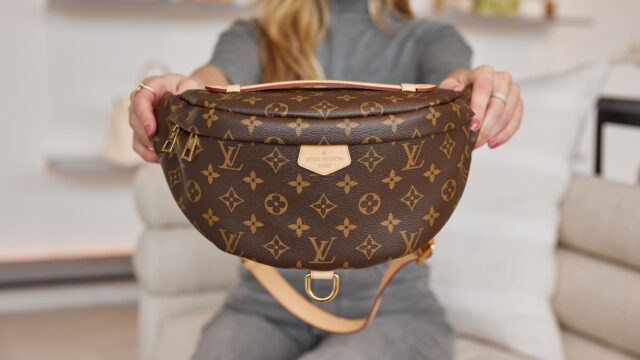
The “LV” Monogram
To prevent imitation, he introduced the now-famous “LV” monogram in 1896. This monogram, which features the letters “L” and “V” intertwined with floral motifs, has become an iconic symbol of the brand and is instantly recognizable around the world.
Asnières Workshop
As business grew, he opened a larger workshop in Asnières, a suburb of Paris. This workshop, which still exists today, is where many of the brand’s iconic pieces are still crafted by hand.
Expansion
Louis Vuitton’s reputation for quality and innovation soon spread beyond France. In 1885, he opened his first store in London, followed by stores in other major cities, including New York. By the turn of the century, the Louis Vuitton brand had become a symbol of luxury and elegance.
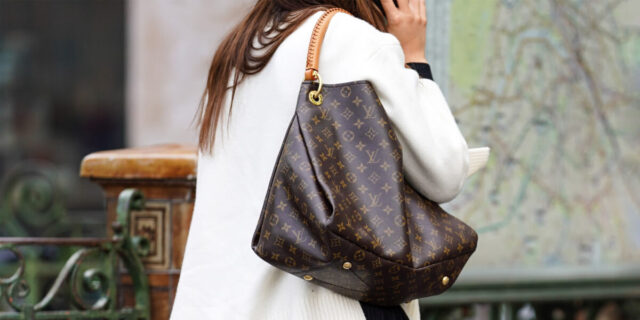
Legacy
His founding principles of quality, innovation, and attention to detail continue to inspire the brand’s designs and products today. The brand’s legacy is a testament to the power of perseverance, creativity, and entrepreneurial spirit.
Expansion and Success
Louis Vuitton’s business grew rapidly, and he soon opened a larger workshop in Asnières, a suburb of Paris. In 1885, he opened his first store in London, followed by stores in New York and other major cities. By the turn of the century, this brand had become a symbol of luxury and elegance.
Diversification
In the 20th century, Louis Vuitton began to diversify its product range beyond trunks and luggage. The brand expanded into new categories, including handbags, wallets, and other leather goods, which have become synonymous with luxury and sophistication.
Handbags
These handbags have become some of the brand’s most iconic and popular products. The Keepall and Speedy bags, introduced in the 1930s, are still highly sought after today. The brand has also introduced new handbag designs, such as the Neverfull and Capucines bags, which have become modern classics.
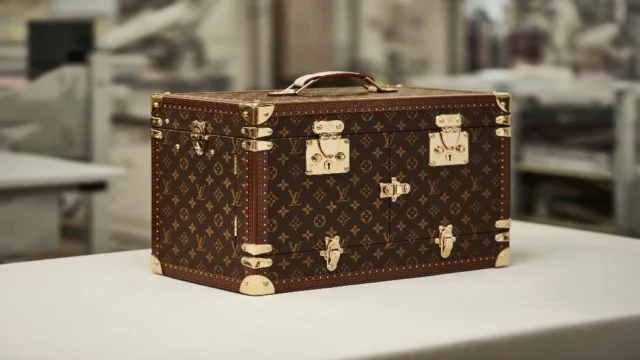
Leather Goods
In addition to handbags, Louis Vuitton produces a wide range of leather goods, including wallets, belts, and phone cases. These products are crafted from the finest materials and feature the brand’s signature attention to detail and quality.
Ready-to-Wear
In the 1990s, Louis Vuitton expanded into ready-to-wear clothing, launching its first collection in 1998. The brand’s clothing designs are known for their timeless elegance and impeccable craftsmanship, and they have become a favorite among fashion-conscious consumers.
Shoes
Louis Vuitton’s shoe collections are crafted from the finest materials and feature innovative designs that blend style and comfort. The label offers a wide range of shoes, from classic loafers and sneakers to statement heels and boots.
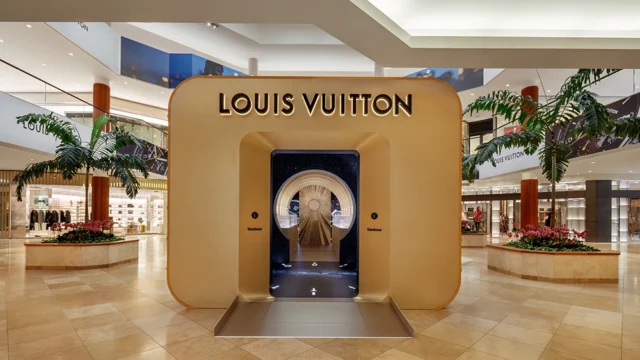
Acquisition by LVMH
In 1987, Louis Vuitton merged with Moët Hennessy to form the luxury conglomerate LVMH. This allowed the label to expand its reach and introduce new product lines, including ready-to-wear clothing, shoes, and accessories.
Collaborations
Over the years, Louis Vuitton has collaborated with various artists and designers to bring a fresh perspective to its products and attract new customers. These collaborations have resulted in limited-edition collections and high-profile campaigns that have helped to cement Louis Vuitton’s reputation as a leading luxury fashion trademark.
Artists
This brand has collaborated with some of the most renowned artists of the 20th and 21st centuries, including Stephen Sprouse, Takashi Murakami, and Jeff Koons. These collaborations have resulted in limited-edition collections featuring the artists’ distinctive styles and designs.
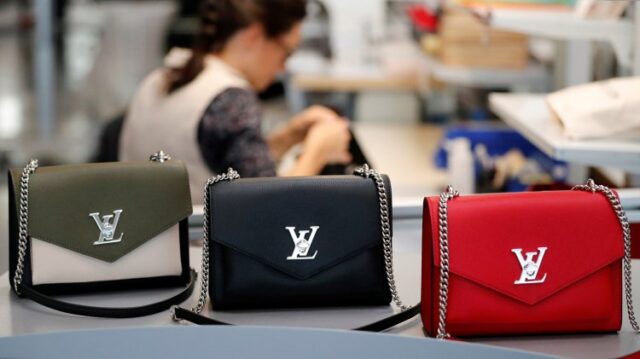
Designers
In addition to artists, Louis Vuitton UK has also collaborated with leading fashion designers, such as Marc Jacobs and Nicolas Ghesquière. These collaborations have resulted in collections that blend Louis Vuitton’s signature aesthetic with the designers’ unique perspectives and design sensibilities.
Celebrities
Louis Vuitton has also collaborated with celebrities, such as Sofia Coppola and Michelle Williams, to create campaigns and limited-edition collections. These collaborations have helped to attract new customers and elevate the brand’s profile in popular culture.
Global Reach
Today, Louis Vuitton is a globally recognized luxury fashion label with a presence in over 50 countries. Its products are sought after by fashion-conscious consumers around the world, and the brand’s reputation for quality and craftsmanship remains unparalleled.
International Expansion
Louis Vuitton’s international expansion began in the late 19th century, when the trademark opened its first store in London. This was followed by stores in other major cities, including New York, Paris, and Tokyo. Today, the label has stores in some of the world’s most prestigious shopping destinations, including the Champs-Élysées in Paris, Fifth Avenue in New York, and Ginza in Tokyo.
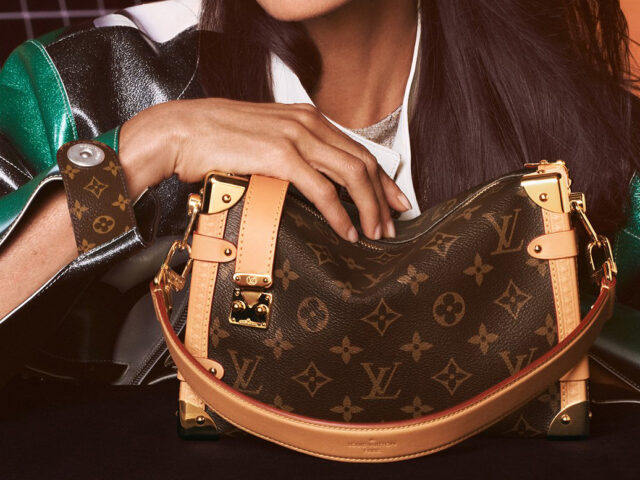
E-Commerce
In addition to its brick-and-mortar stores, Louis Vuitton has also embraced e-commerce, making its products available for purchase online through its website and mobile app. This has allowed the brand to reach a wider audience and cater to the growing demand for online shopping.
Marketing
Louis Vuitton’s marketing efforts have played a key role in building its global reach. The brand has collaborated with celebrities, artists, and designers to create high-profile campaigns and limited-edition collections. It has also sponsored major cultural events, such as America’s Cup and the Cannes Film Festival.
Global Brand Identity
Despite its global reach, Louis Vuitton has maintained a consistent brand identity and aesthetic. Its signature monogram and classic designs are instantly recognizable around the world, and the brand’s commitment to quality and craftsmanship remains unwavering.
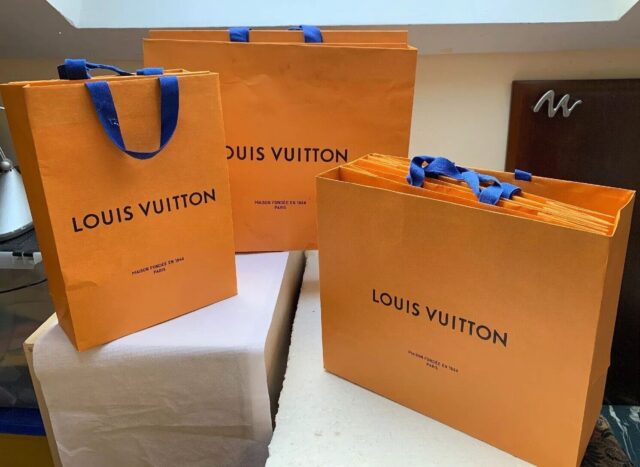
Conclusion
From a small trunk-making workshop in Paris to a global fashion brand, the history of Louis Vuitton is a testament to the power of innovation, quality, and brand-building. Today, the brand remains at the forefront of luxury fashion, and its legacy continues to inspire future generations of designers and entrepreneurs.



